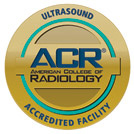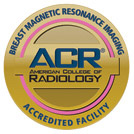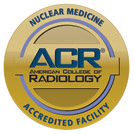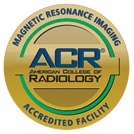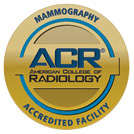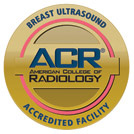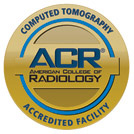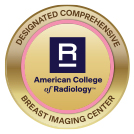An abscess occurs when infected fluid gathers in an area of the body. To drain the fluid and help the patient recover, a doctor may recommend percutaneous abscess drainage, in which imaging helps guide a needle through the skin toward the abscess. Patients undergoing this minimally invasive procedure are hospitalized but recover sooner than if they had open surgical drainage.
What Is Percutaneous Abscess Drainage?
As infected fluid gathers in the abscess, the patient often experiences fever, chills and pain around the area. With these symptoms, the patient may first undergo an ultrasound or CT scan to identify the presence of the abscess. After this diagnosis, your doctor may refer you to an interventional radiologist for percutaneous abscess drainage.
Imaging assists with percutaneous abscess drainage; often computed tomography (CT), ultrasound or fluoroscopy. These technologies helps position the needle toward the abscess to first take a sample of the abscess’s fluid. Then, a drainage catheter roughly 1/8-inch in diameter will be inserted to fully drain the area, a process that may take a few days to finish. In certain instances, the infection may be severe enough that surgical drainage may be needed to remove all fluid.
If a CT scan will be used, the patient passes through the center of a large machine. Inside, a gantry supports an X-ray tube and detectors, which take images that display on a computer in a separate room, where the radiologist or a technologist sits. As the images appear on a monitor, the radiologist guides you through the procedure with a speaker and microphone.
If X-ray technology is used, the patient sits on a radiographic table while one or two X-ray tubes and a detector capture information which, through fluoroscopy technology, displays images on a monitor.
For an ultrasound, the images are still processed by a computer and appear on a screen but the information comes through a hand-held transducer. After gel is placed on the patient’s skin, the transducer emits inaudible sound waves and records the results when they bounce back, taking pitch, loudness and time into account to generate images. These aspects vary with the body structure they pass through.
The radiologist may also use an IV to administer a sedative and devices to monitor a patient’s heartbeat and blood pressure during the procedure.
Who Should Have This Procedure?
Percutaneous abscess drainage is recommended for the abdominal and pelvic region, although it may be used for the chest and other areas throughout the body. Patients may experience an abscess following surgery or the infection may be a symptom of appendicitis or diverticulitis.
Compared to surgical drainage, this procedure requires a small nick in the skin that won’t need sutures afterward and patients recover in less time. However, the risk of infection still exists and, because contrast material is used, patients may experience an allergic reaction. Other possible risks include:
- Organ damage
- Bleeding
- A blocked catheter
If an abscess contains a large amount of fluid or proves to be complex to drain, a patient may need to undergo this procedure more than once.
Due to potential radiation exposure, percutaneous abscess drainage is not recommended for pregnant women. If the procedure is deemed necessary, precautions will be taken to reduce radiation exposure.
Preparation
Patients are advised to discuss any medical conditions and recent illnesses with their doctor, including if they are or think they may be pregnant. A list of all medications and herbal supplements currently taken should be mentioned in addition to any allergies, including to contrast materials, local or general anesthetic. Patients should also prepare to spend the night at the hospital.
Due to the risks, your doctor may advise you discontinue using NSAIDs, aspirin and blood thinners several days before the procedure. You also may be asked to refrain from eating and drinking several hours before.
On the day of the drainage, you should leave all jewelry and metal items at home and arrive in loose, comfortable clothing. As the procedure begins:
- You will be positioned on a table for a CT scan or X-ray and will have devices to track your heart rate, blood pressure, oxygen level and pulse rate attached. A nurse may also attach an IV to deliver a sedative.
- A local anesthetic may be delivered to the area that will be drained.
- The radiologist overseeing the procedure will sterilize the area and cover it with a surgical drape before making a small incision.
- Image guidance assists with placing the catheter through the incision toward the abscess for the drainage to begin. The patient may feel a bit of pressure as this occurs. The catheter is connected to a drainage bag located outside the body. This apparatus remains in place until all fluid has drained out and the infection is gone.
- Following the procedure, the IV will be removed.
- Patients remain in a recovery room until they awaken from sedation. From here, you will be moved into a hospital bed.
- As drainage can take a couple days, the patient should expect to stay in the hospital for at least a full day, if not longer.
Patients undergoing percutaneous abscess drainage will need to schedule at least one follow-up visit to ensure their body is healing at the appropriate pace. Once your body has recovered, the radiologist will remove the catheter.
Has your doctor recommended percutaneous abscess drainage? Contact us to make an appointment today!





